(LĐ online) - On April 30, 1975, Vietnam was completely unified. The beginning and ending events are always of interest to many people and therefore the event associated with the unification day of April 30, 1975 is also one of those events.
1. The flag raised on the roof of the Independence Palace on April 30, 1975
Some social networking sites when reporting on the flag-raising event on the roof of the Independence Palace on April 30, 1975 often wrote that "the red flag with a yellow star fluttered on the roof of the Independence Palace". That is an inaccurate detail. The flag raised on the roof of the Independence Palace at noon on April 30, 1975 was the flag of the National Liberation Front of South Vietnam. This flag was half red and half blue and had a yellow star in the middle, which was the national flag of the Republic of South Vietnam.
 |
| Flag of the National Liberation Front of South Vietnam |
On December 20, 1960 in Tay Ninh, representatives of classes, ethnic groups, religions and political parties held a congress and decided to establish the National Liberation Front of South Vietnam. Lawyer Nguyen Huu Tho, a famous patriotic intellectual who was then imprisoned in Tuy Hoa ( Phu Yen ) was elected to the position of Chairman of the Front. Afterwards, the resistance forces planned to successfully free the lawyer and bring him back to the base. The Saigon and American governments often used the terms "Viet Cong" or "VC" to refer to the National Liberation Front of South Vietnam.
2. There were 2 statements by Mr. Duong Van Minh on the morning of April 30, 1975.
Nowadays, almost everyone knows that at noon on April 30, 1975, on Saigon Radio, President of the Republic of Vietnam (name by noun) Duong Van Minh declared unconditional surrender to the Liberation Army of South Vietnam: "I, General Duong Van Minh (with the word General, unlike some articles without the word "General"), President of the Saigon government, call on the Armed Forces of the Republic of Vietnam to lay down their weapons and unconditionally surrender to the Liberation Army of South Vietnam. I declare that the Saigon government from the central to the local level must be completely dissolved. From the central to the local level, it must be handed over to the Provisional Revolutionary Government of South Vietnam."
However, that was the second statement of Mr. Duong Van Minh. Earlier, at 9:30 a.m., on Saigon Radio, Mr. Duong Van Minh's statement was broadcast: "Our policy and guideline is national reconciliation and harmony to save the lives of our compatriots. I deeply believe in reconciliation among the Vietnamese people to avoid wasting the blood of the Vietnamese people. For that reason, I ask all of you soldiers of the Republic of Vietnam to stay calm, stop shooting and stay where you are. We also ask you soldiers of the Provisional Revolutionary Government of the Republic of South Vietnam to stop shooting. We are here waiting to meet the Provisional Revolutionary Government of the Republic of South Vietnam to discuss together the orderly handover of power, avoiding the useless bloodshed of our compatriots."
3. Statement of Prime Minister of the Republic of Vietnam Vu Van Mau
After the surrender declaration of President Duong Van Minh, the last Prime Minister of the Saigon government, lawyer Vu Van Mau said: “In the spirit of national reconciliation and harmony, I, Professor Vu Van Mau, Prime Minister, call on all classes of people to happily celebrate the day of national peace and return to normal activities. Employees of administrative agencies return to their old positions under the guidance of the revolution.”
As planned, at noon on April 30, 1975, the Vu Van Mau Government would present itself to President Duong Van Minh and during this presentation, a speech had been prepared to be read at the launch. However, at noon that day, the liberation army entered the palace so the speech was interrupted. However, the spirit of that speech clearly shows the national spirit of the intellectuals at that time: “The Provisional Revolutionary Government of the Republic of South Vietnam has repeatedly called on the Republic of Vietnam to have a peace government, with figures not involved with the Nguyen Van Thieu regime, to re-establish negotiations. The peace government has now been established. The third element has stood up to contribute to the peace mission, to the cause of national reconciliation and harmony. The people of the whole country are waiting every day, every hour, every minute for the blood and tears of the nation to stop flowing because of the war. We think that our brothers on the other side are certainly not happy about the scenes of guns and swords and the devastation of our compatriots. We believe that all problems, no matter how difficult, can be resolved at the conference table in the spirit of reconciliation, harmony and brotherhood among the children of the same mother Vietnam. Why do we still need to kill each other, causing more devastation, pain and misery for each other, when Nguyen Van Thieu's policy ended and the leaders of this regime took each other away from the fatherland, if not to say fled?
4. The Provisional Revolutionary Government of the Republic of South Vietnam is the Government that exists until the day of negotiations to unify the country in terms of State.
In June 1969, at the National Congress of Delegates of the South, the Provisional Revolutionary Government of the Republic of South Vietnam was established.
The Provisional Revolutionary Government of the Republic of South Vietnam declared sovereignty over the entire territory of the South according to the Geneva Agreement. Therefore, on April 17, 1975, when China invaded Vietnam's Hoang Sa Island, on April 20, 1975, the Provisional Revolutionary Government of the Republic of South Vietnam "issued a three-point statement: affirming the sovereignty of the Vietnamese people over Hoang Sa, all disputes over islands and territories will be resolved through negotiations, and is ready to discuss with relevant parties".
After the President of the Saigon government, Duong Van Minh, declared unconditional surrender to the Liberation Army of South Vietnam and declared the complete dissolution of the government from central to local levels and handed it over to the Provisional Revolutionary Government of the Republic of South Vietnam, the Provisional Revolutionary Government of the Republic of South Vietnam became the legitimate government of this entire territory.
From November 15 to 21, 1975, a political consultation conference was held to unify the state. The delegation of the Government of the Democratic Republic of Vietnam was headed by Mr. Truong Chinh, the delegation of the Provisional Revolutionary Government of the Republic of South Vietnam was headed by Mr. Pham Hung. The conference approved the organization of elections for a unified National Assembly. On April 25, 1976, a general election was held nationwide, electing 492 delegates to the National Assembly of unified Vietnam. From June 24 to July 2, 1976, the National Assembly held its first session, named the country the Socialist Republic of Vietnam, adopted the national flag, national emblem, national anthem, determined the capital, elected the government, and changed the name of Saigon - Gia Dinh city to Ho Chi Minh City. From here, the government of the Republic of South Vietnam officially merged with the government of the Democratic Republic of Vietnam to form the government of the Socialist Republic of Vietnam of a unified Vietnam.
National reunification is a great event in Vietnamese history, so clear related details will help people better understand historical events in particular and national history in general.
Source




![[Photo] Journalists moved to tears at the Memorial Service for the soldiers who died in Gac Ma](https://vphoto.vietnam.vn/thumb/1200x675/vietnam/resource/IMAGE/2025/5/30/9454613a55c54c16bf8c0efa51883456)
![[Photo] A delegation of 100 journalists from the Vietnam Journalists Association visits the soldiers and people of Truong Sa island district.](https://vphoto.vietnam.vn/thumb/1200x675/vietnam/resource/IMAGE/2025/5/30/0984a986227d4e988177f560d2e1563e)




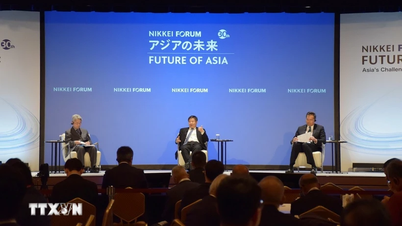

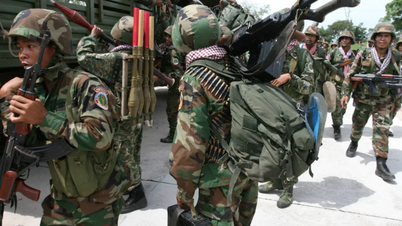

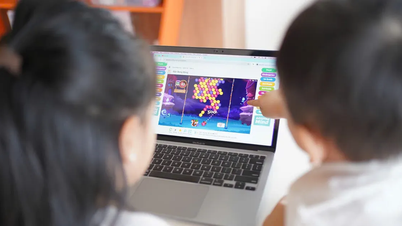



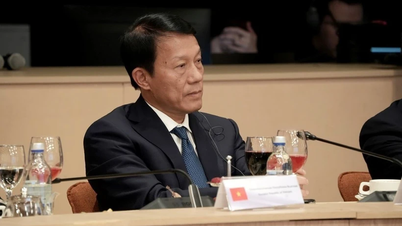
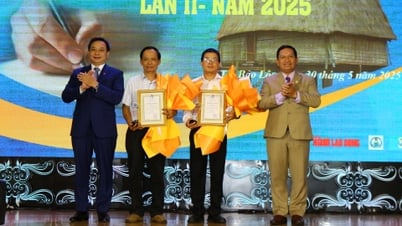



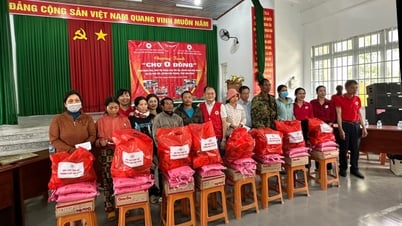
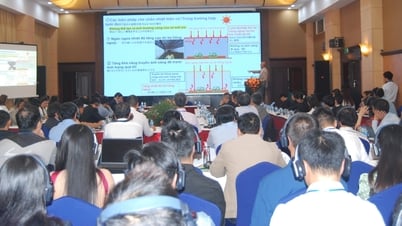
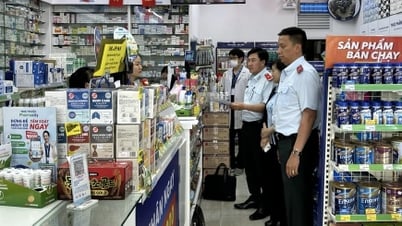




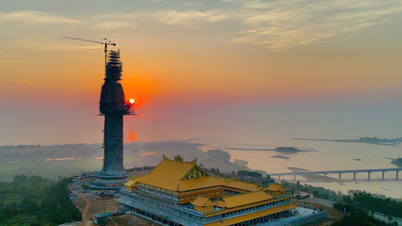


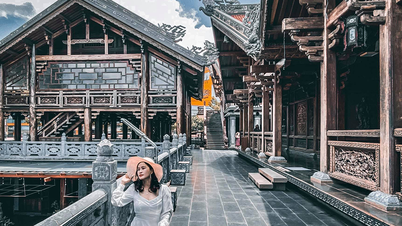
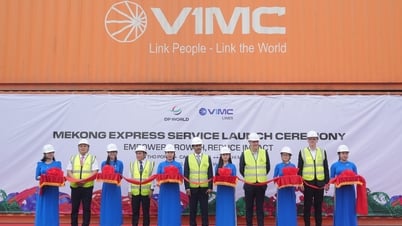

![[Photo] Prime Minister Pham Minh Chinh attends the event "Digital transformation of the banking industry by 2025"](https://vphoto.vietnam.vn/thumb/1200x675/vietnam/resource/IMAGE/2025/5/29/0e34cc7261d74e26b7f87cadff763eae)































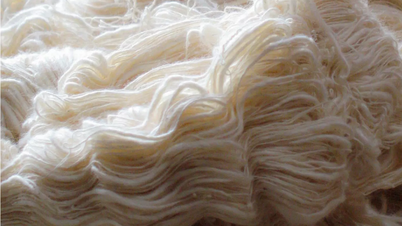


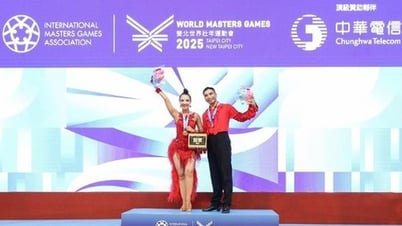







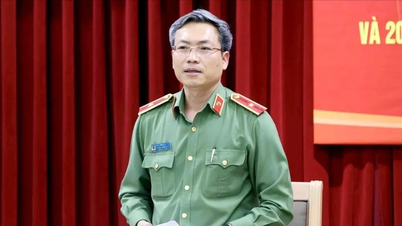
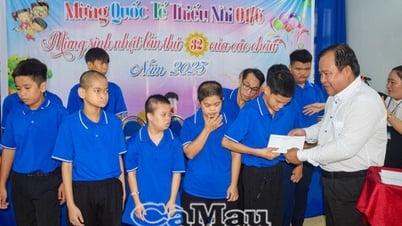










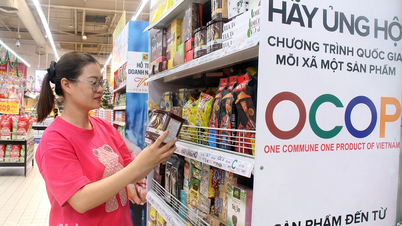

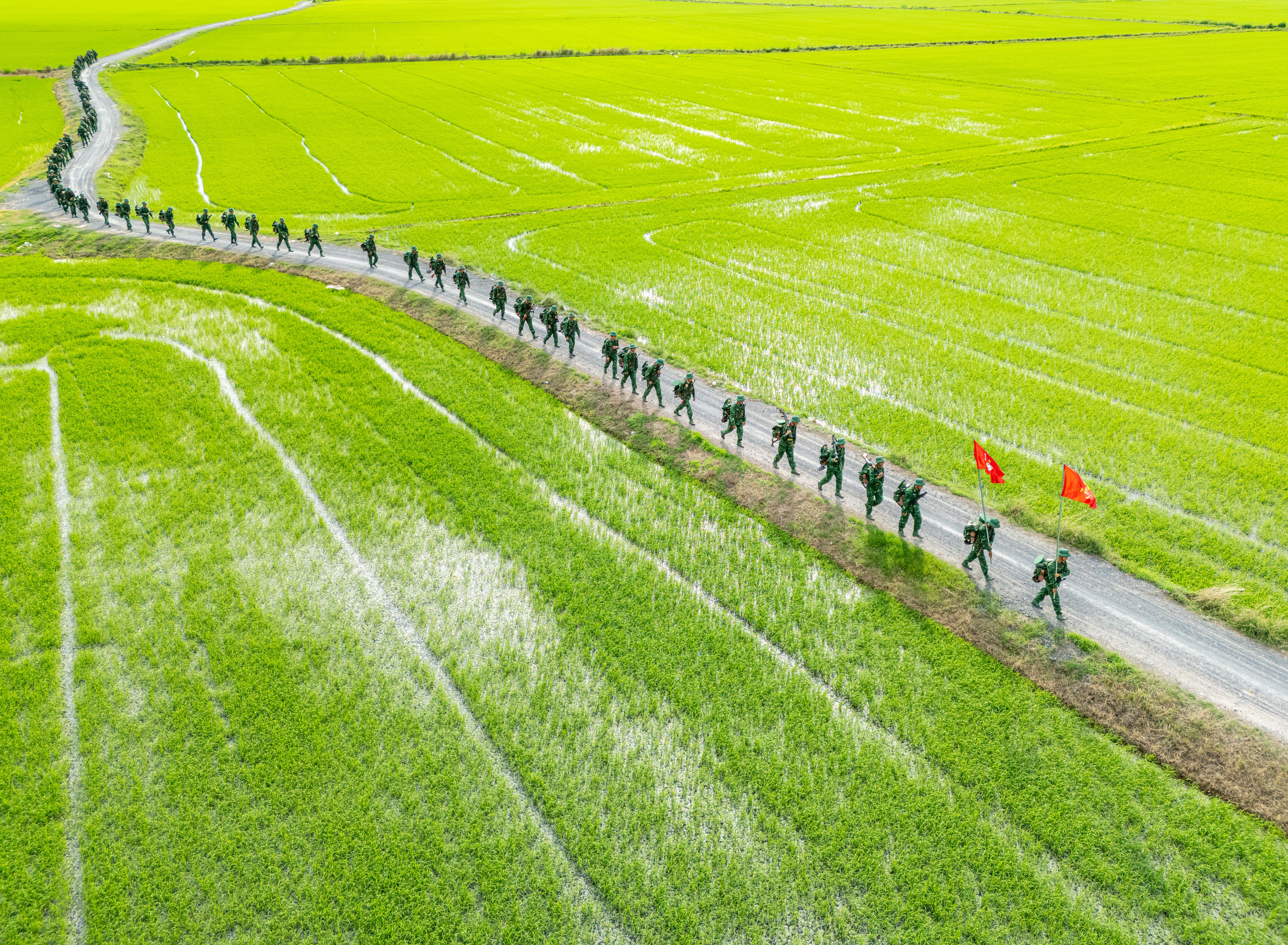



Comment (0)